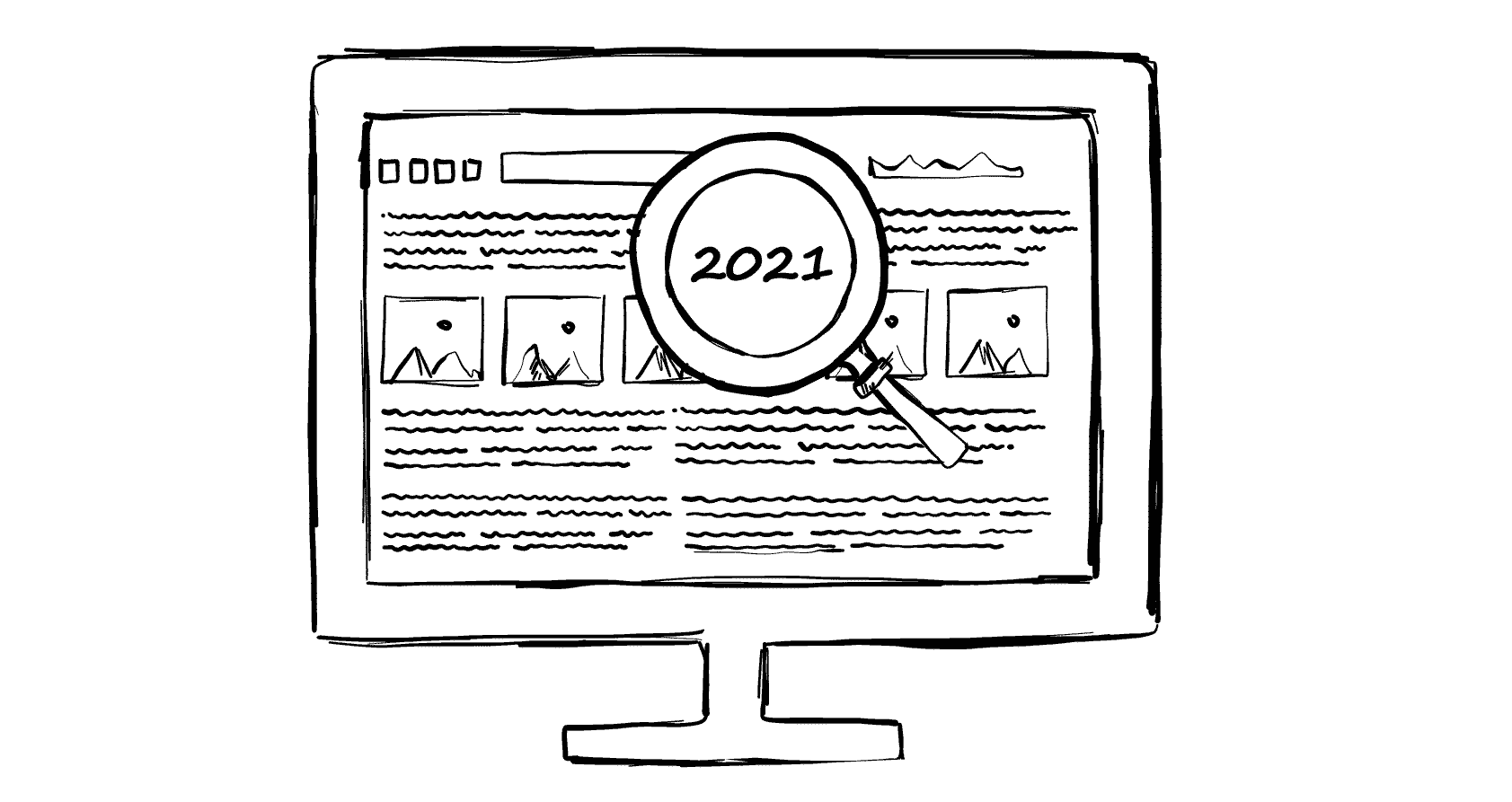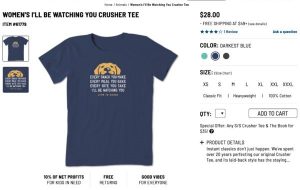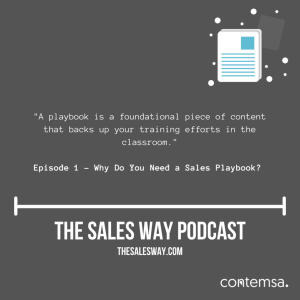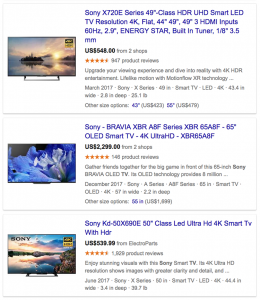What can companies and marketers do in 2021 to attract more organic leads?
My answer has always been SEO. But this time, the methods I would like to encourage you to do more than what you already do.
We’ve always known that Search Engine Optimization (SEO) requires a carefully selected keywords base, a well-rounded strategy, high-quality content, and various technical details, right? Yes! Also, Google ranking factors are becoming even more comprehensive and user-driven. So, keeping all that in mind, if you add the following techniques to your marketing strategy, you’ll be able to rank even higher.

Here are 3 Search Engine Optimization techniques you can use to elevate your organic search visibility:
1. Create that follows the formula E-A-T (Expertise, Authoritativeness, and Trustworthiness).
It’s not enough to hire a copywriter that states the facts in a grammatically correct fashion. High-quality content now requires thought leadership where you genuinely establish yourself as a thought leader in your field.
- Do you have a credible name in your industry?
- Are you posting similar content on various other platforms?
- Are you connected to authoritative sites?
Our recommendation is to put out valuable content related to your expertise on multiple platforms on a regular basis. Use your blog, YouTube, LinkedIn, social platforms, other related websites, and podcasts, to publish your content. Choose a few that work best for you Discuss your opinions, predictions, innovations with your readers. And most importantly, make sure to always link back to your website.
2. Apply Page Experience Signals to your website.
Due to Google’s ongoing commitment to deliver quality results for search engine users, the company now analyzes websites using Page Experience Signals. This isn’t a new concept but a refinement of an existing one. These signals are more important than ever as they determine how positively a website will impact a user’s experience.
We won’t be listing all of the Page Experience Signals, but here are a few that we believe are often overlooked:
- Largest Contentful Paint (LCP) — People are impatient. They don’t want to wait for a website to load. Large Contentful Paint means that at least 75% of your page must load within 2.5 seconds. This applies to both mobile and desktop devices.
- Cumulative Layout Shift (CLS) — Have you ever scrolled through a website and the blocks of text randomly shift as you scroll through or you try to click a button and it takes you somewhere else that you didn’t intend to go? This “shift” is something that should be fixed. It can be done with code and is often overlooked.
- Mobile-friendliness — Otherwise known as “Mobile Responsiveness”. Your website should adapt to cell phone and tablet devices, naturally shifting blocks of texts, images, or other content to their rightful place. Oftentimes, you can do this by configuring your website as a grid so the elements can easily stack. A shrunk content or users struggling to content shrinking to fit the screen and users having to pinch and zoom into your site is no longer acceptable.
- Intrusive interstitials — When integrating features into your website such as pop-ups or other blocks, be mindful of your visitor’s user experience. These are okay to have but make sure that they are not hard to get rid of and that they don’t get in the way of the user viewing the website. Be especially careful with this for mobile web design, ideally keeping them to a minimum.

Pages, where content is not easily accessible to a user on the transition from the mobile search results, may not rank as high. Source: developers.google.com
3. Integrate the new “=” attributes into the links throughout your website.
You can think of the “rel=” tag as a way to dictate relevancy. There are several techniques that you can use.
Here are a few that we think are especially important:
rel=”sponsored” — It’s common these days for websites to feature paid placement or ads. If they are present on your website, make sure to call them out.
rel=”nofollow” — When you mention links on your website that have no relevance to the context of your business, this is a great way to signal to Google that you don’t want the particular link associated with your website when they index your site.
rel=”ugc” — The purpose of using this tag is so Google can distinguish between your thought leadership as an expert and others’ comments or questions. This is most appropriate when users have generated the majority of the content on a particular web page. Examples of user-generated content include comments or forums. Google validates information based on the source, authority, and validity of the content.
Between late 2019 to late 2020, Google has announced and recommended all of the techniques we have covered above. It is becoming increasingly apparent as the need for new content is continuing to grow massively over the internet.
The last thing we would like to mention is… remember that a strong keyword strategy is still foundational for your SEO efforts. When was the last time you updated your list?
This article originally appeared on Medium and has been republished with permission.
Digital & Social Articles on Business 2 Community
(37)
Report Post






